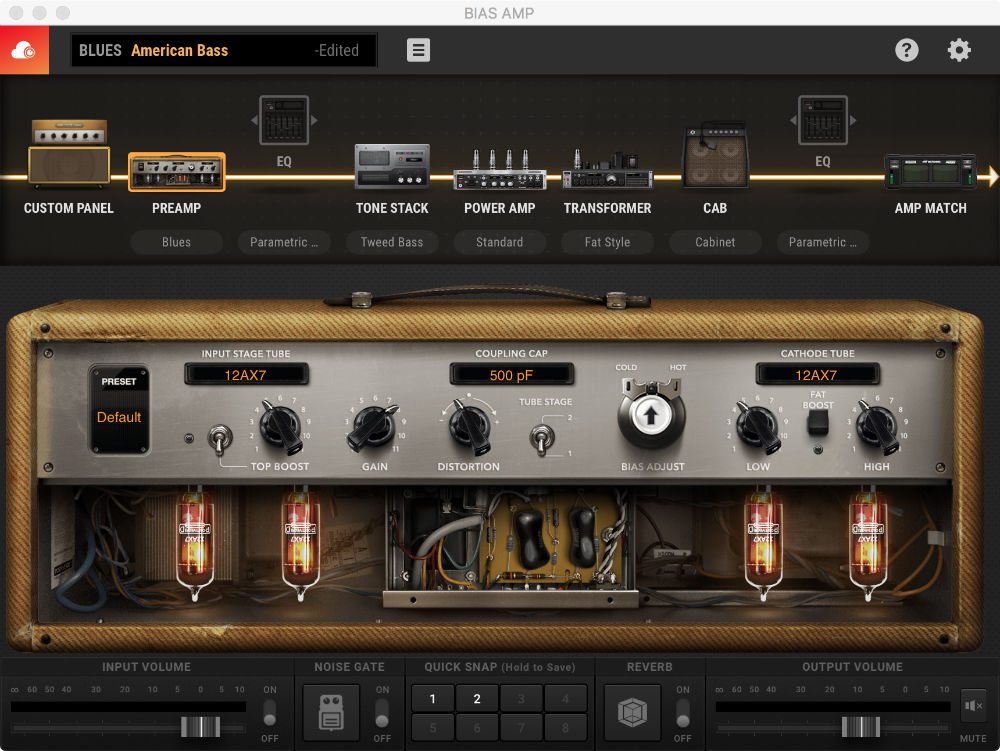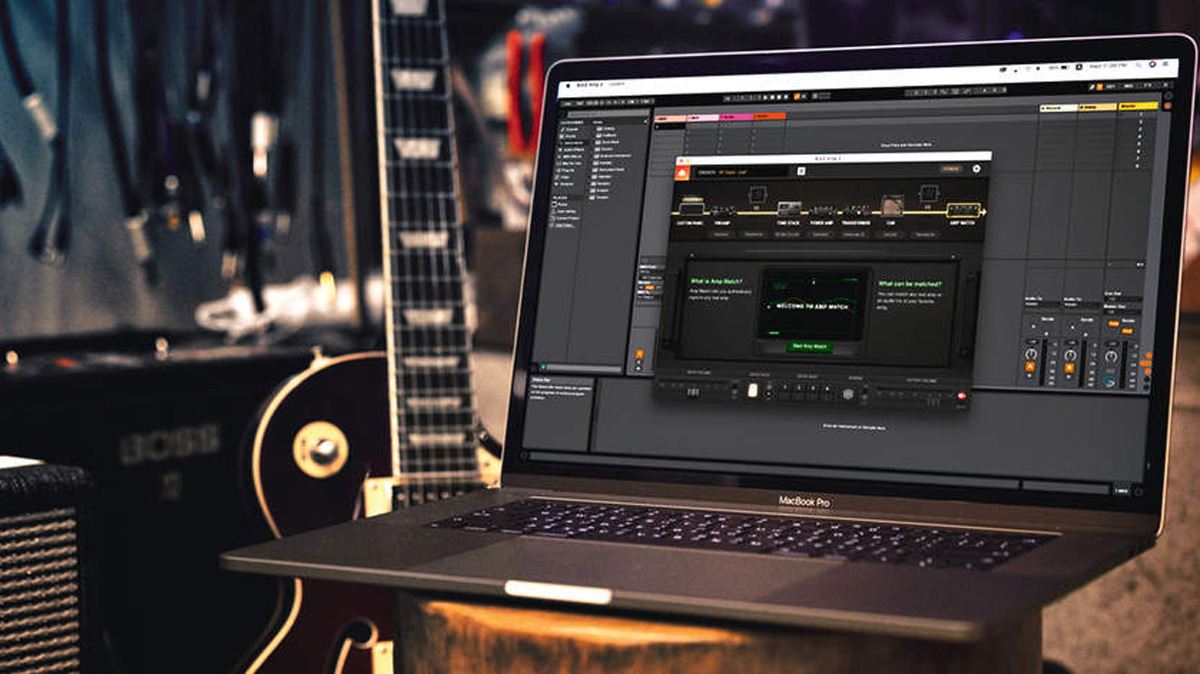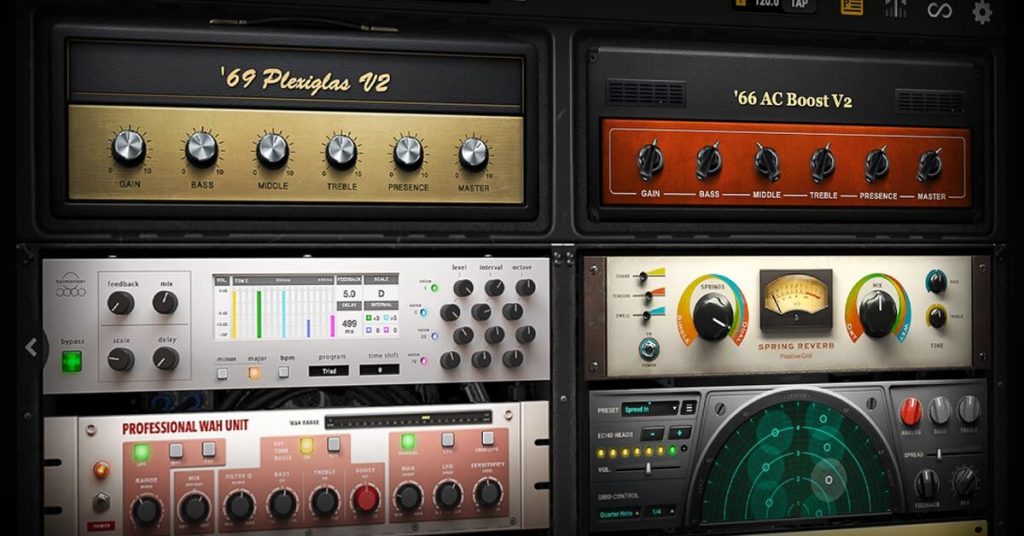

On the other hand, photoconductors exhibit excess noise at low frequencies – called 1/f or flicker noise, are often slower in frequency response, and the low noise bias circuit costs money. Photoconductive devices tend to have somewhat higher signal (responsivity) and sometimes slightly better signal-to-noise than photovoltaic equivalents when operated at optimum frequencies. A low noise bias current must be used to measure the resistance change. Photoconductive devices change resistance when photons come in. Photovoltaic detectors create a measurable voltage and current in response to photon bombardment, much like a solar cell. The detectors come in photoconductive and photovoltaic types. Positive Grid BIAS AMP BIAS AMP is designed to integrate directly with BIAS, FX, environments, effects processor, amp and effects, to top of net positive. OEM sensors– modules built to your specifications for embedding in your product.Detector Sets– complete turn-key solutions available for purchase in the web store.Preamplifiers and controllers and other accessories.We offer a range of solutions incorporating these superior detectors: Additionally, a TE-cooler power supply/controller is necessary. TE-cooled detectors must be mounted on a heat sink. These devices operate entirely without liquid nitrogen or any other cryogenics yet provide performance that is only a factor of 3 to 5 less than cryogenic devices, and 10 to 1000 times better than other non-cryogenic detectors! Sensitivity of our detectors can be increased by thermoelectric (TE) cooling or using an immersion lens, or both. Depending on diode type and illumination level, you might expect to get 100 A to perhaps 1 mA of diode current under various illumination. .now, it’s the iPad version that has been released first, in a similar way to how the original Bias amp designer (now called Bias Amp) was rolled out. If you love to tweak, then you’re going to love Bias FX2, because you can select amp heads, tubes, cabs, microphones, microphone positions, and a whole lot more. First, it comes with guitar effects, Guitar Match emulation, amps, pedals, racks, and even advanced modelers. Our expansive product line features infrared detectors whose sensitive wavelength range from 2 microns to 14 microns depending upon device architecture. Output U (Ipd)(Rfb), where U is the output of the op-amp in volts, Ipd is the photo-diode reverse bias current (varies with illumination) in amperes, and Rfb is the feedback resistor value in ohms. Bias FX2 is worth every penny, and here are some of the reasons why. 1xxDtartype of guitarir a group with an input profile for a Fishman PowerBridge. a group with an input profile for an under-saddle piezo for an acoustic.

#How to make an ir with bias amp pro zip
There are now 3 zip files in there, using 3 different input profiles on Mama Bear. These detectors provide significant benefit to users: I updated my IR collection mentioned just above this post. Key applications include spectroscopy, gas sensing, laser metrology, rangefinders, lidar, munitions and missiles, quantum cascade and CO2 laser systems.

Room temperature and TE-cooled infrared (IR) detectors – fast, sensitive and affordable.


 0 kommentar(er)
0 kommentar(er)
